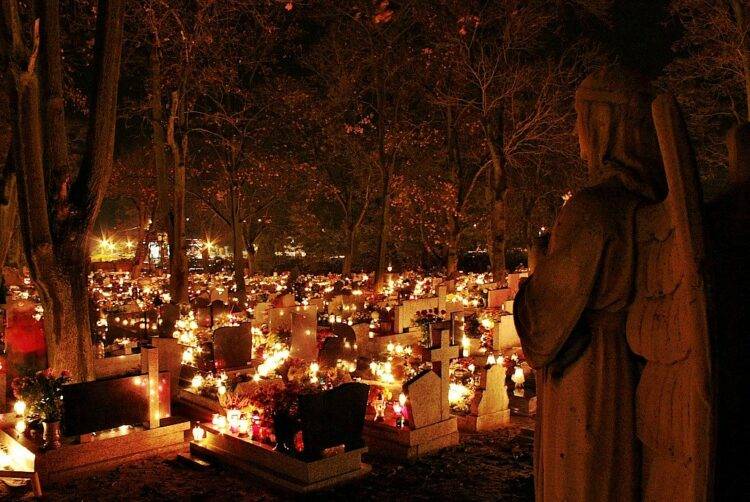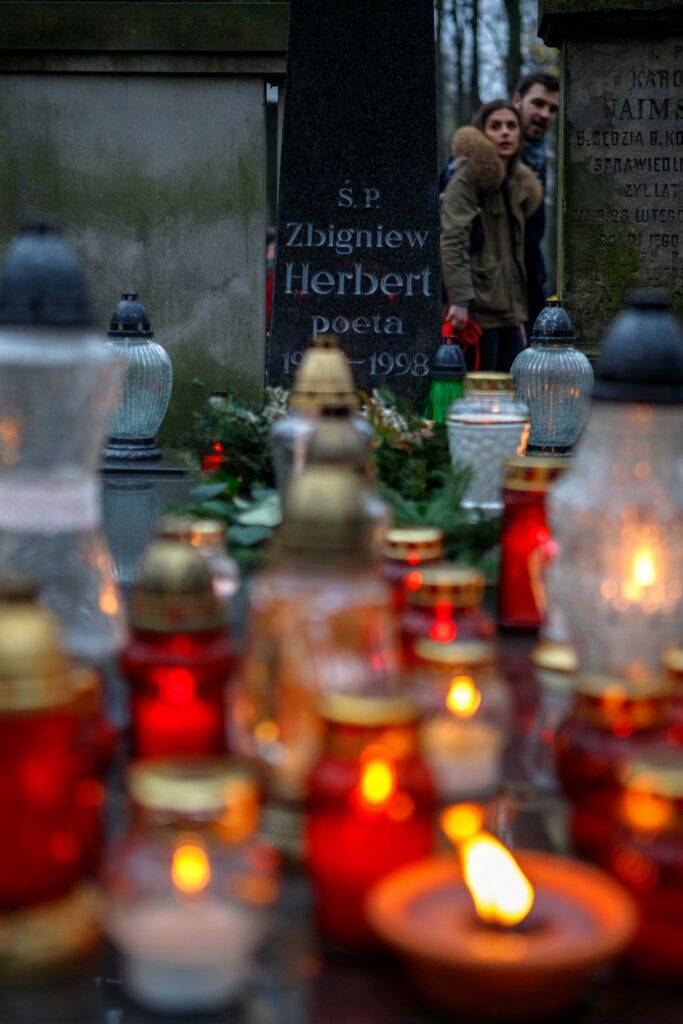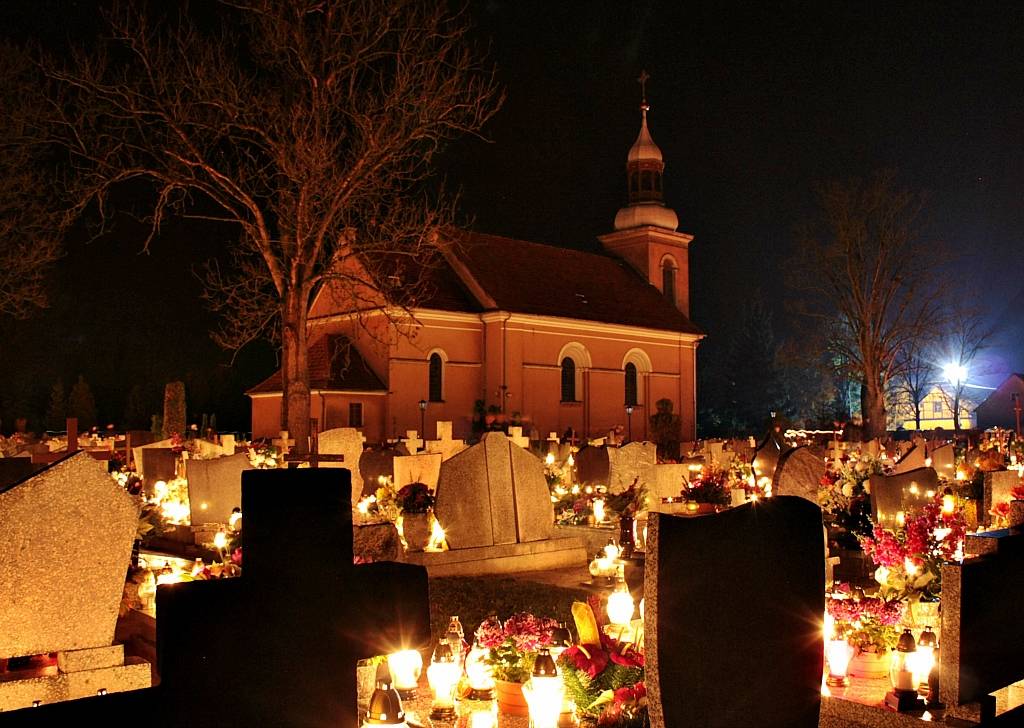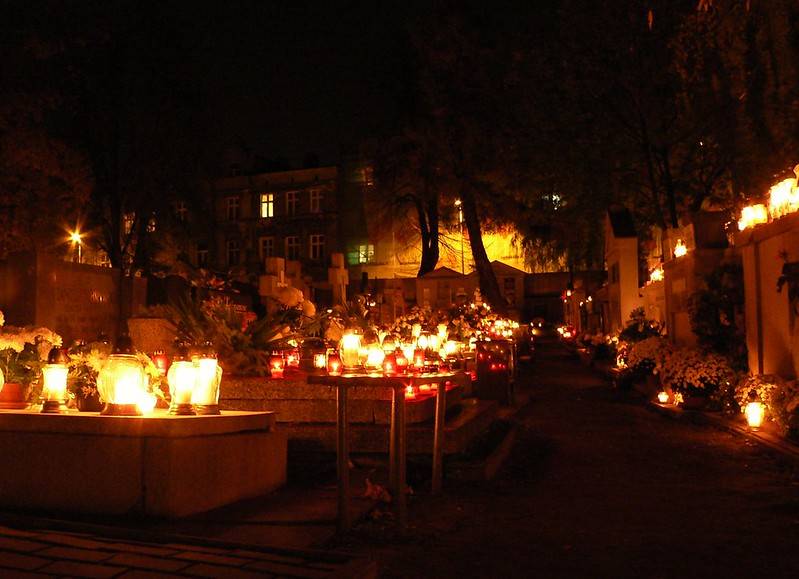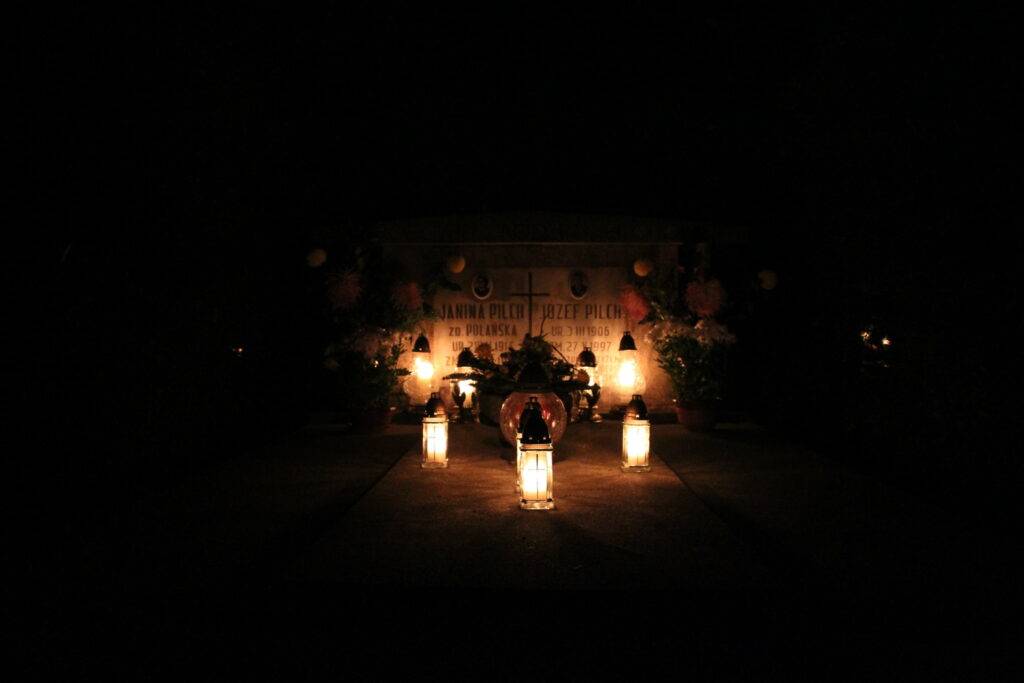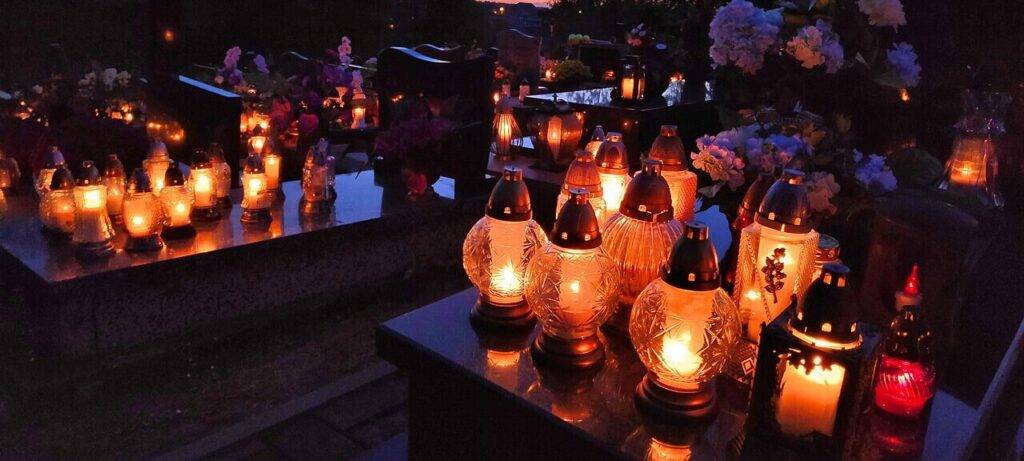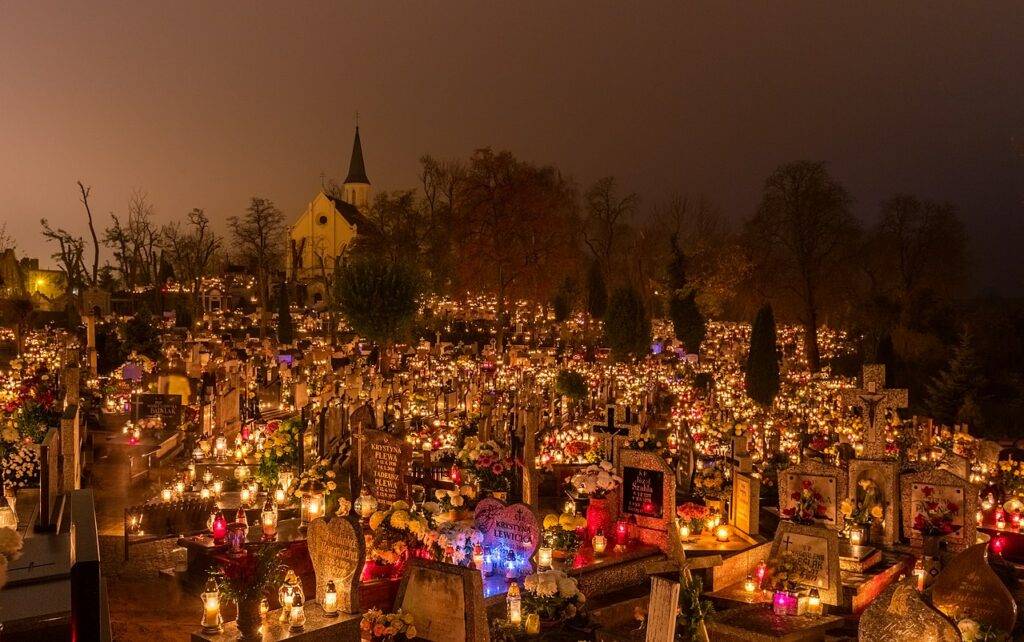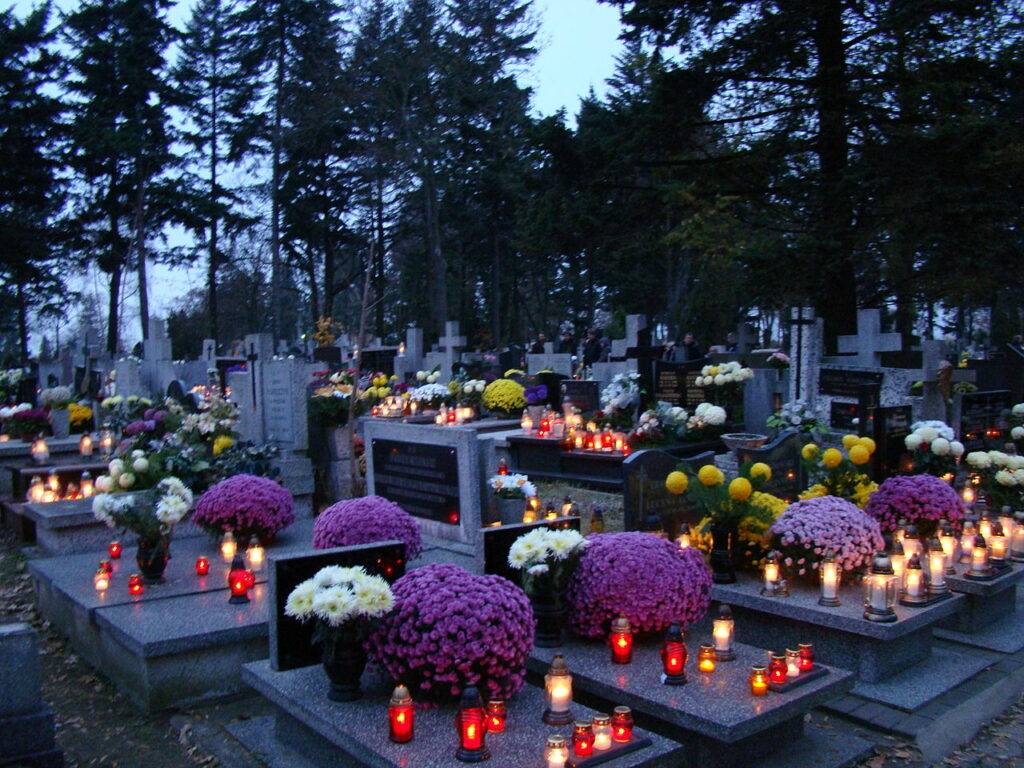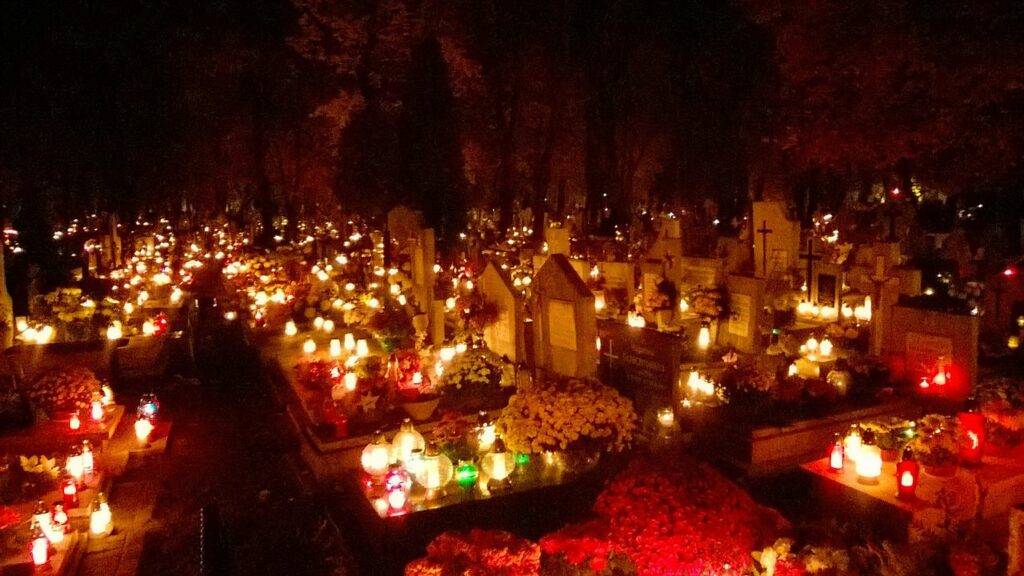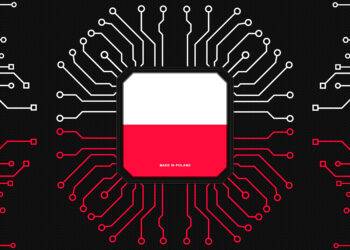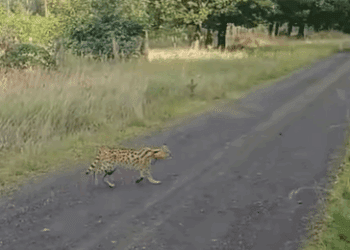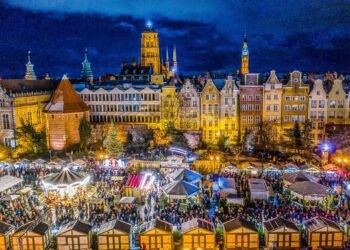- More News from Poland on our Homepage.
- Sign up to our Newsletter
When November arrives, Poland, cloaked in autumn’s hues, observes one of its most deeply rooted and significant traditions: Wszystkich Świętych or All Saints’ Day. Not just a religious observance, this day is woven into the very fabric of Polish culture, becoming a heartfelt commemoration of those who have departed.
All Saints’ Day, observed on November 1st, is a Christian tradition dedicated to celebrating all the saints, known and unknown. As opposed to All Souls’ Day which pays homage to departed loved ones, All Saints’ Day shines a light on all individuals who have attained the beatific vision in Heaven.
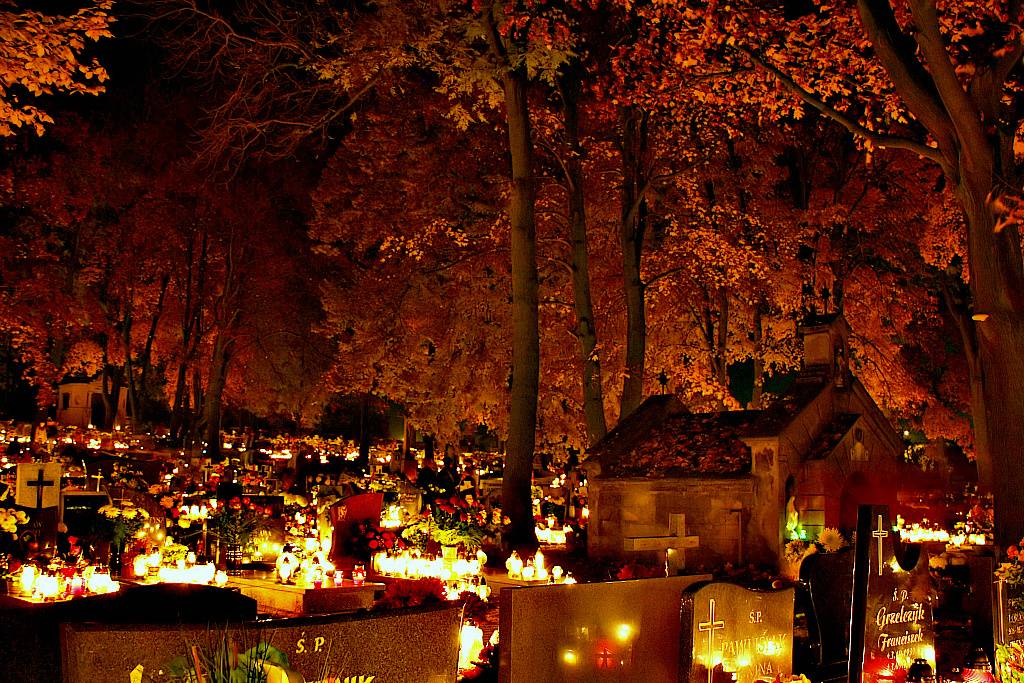
For Poles, Wszystkich Świętych is much more than just an ecclesiastical event. It’s a bridge to the past, connecting families and communities in joint remembrance. This day is a testament to Poland’s deep sense of community and reverence for ancestors.
Historical Background
The roots of All Saints’ Day trace back to the early Christian community. With the growing number of martyrs, especially during the persecutions of the Roman Empire, it became impractical to dedicate a separate day to each martyr. By the 7th century, Pope Boniface IV introduced the day to honor all martyrs, and subsequently, Pope Gregory III expanded it to include all saints.
- Follow us on Facebook and X (Twitter) to stay up to date with News from Poland.
Poland’s embrace of All Saints’ Day is steeped in its history. As the nation battled invasions, partitions, and wars, the memory of ancestors served as an anchor. This day became not just a religious observance but also a symbol of resilience, unity, and remembrance. Merging with pre-Christian Slavic customs, the day assumed even deeper meaning in Poland.
Traditions and Customs
Visiting cementaries
A silent walk in Polish cemeteries on this day speaks volumes. Rows upon rows of gravestones are lit up, each candle symbolizing the memory of a departed soul. For Poles, it’s a sacred duty, a ritual passed down generations, to visit cemeteries and pay respect.
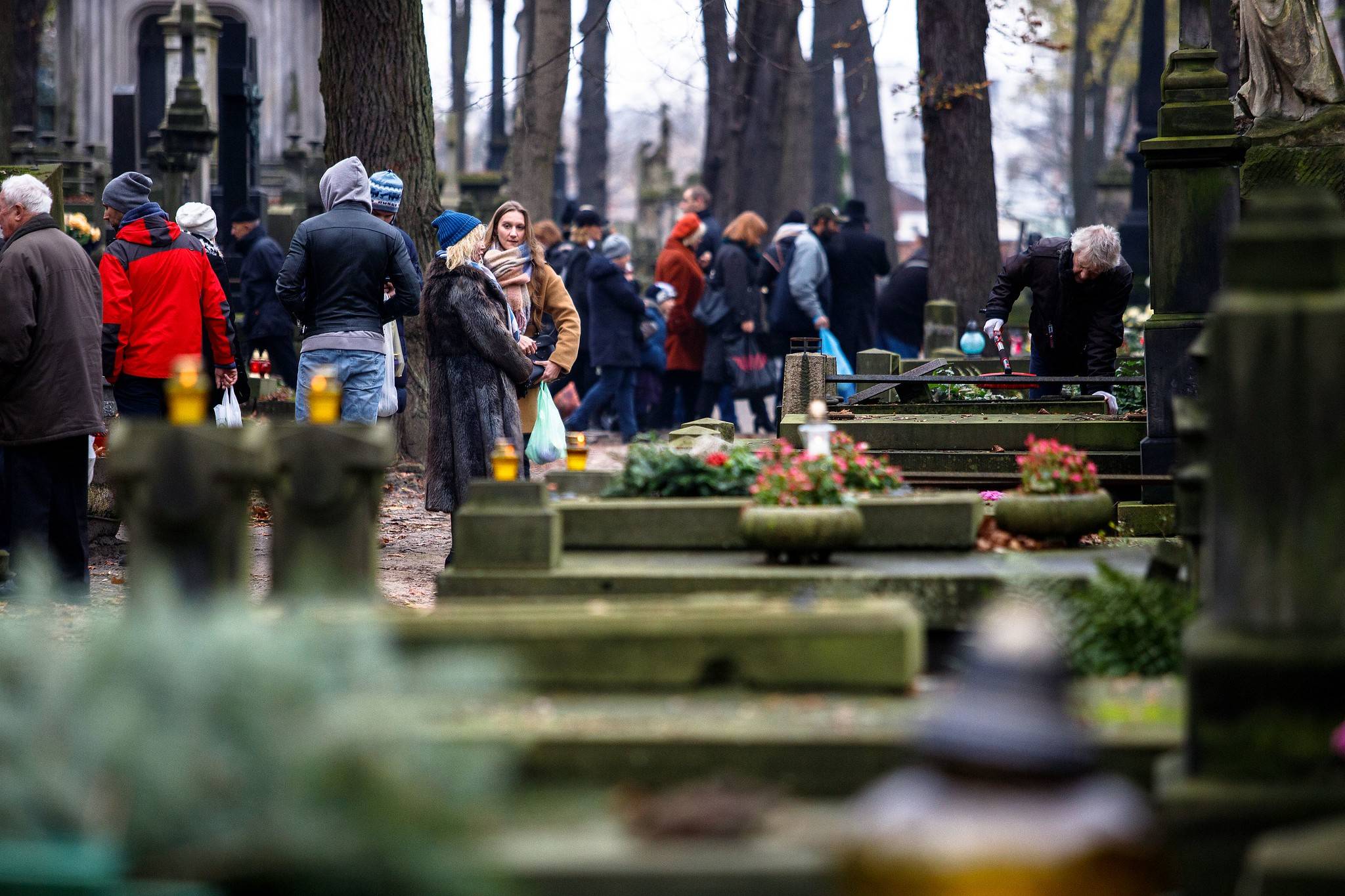
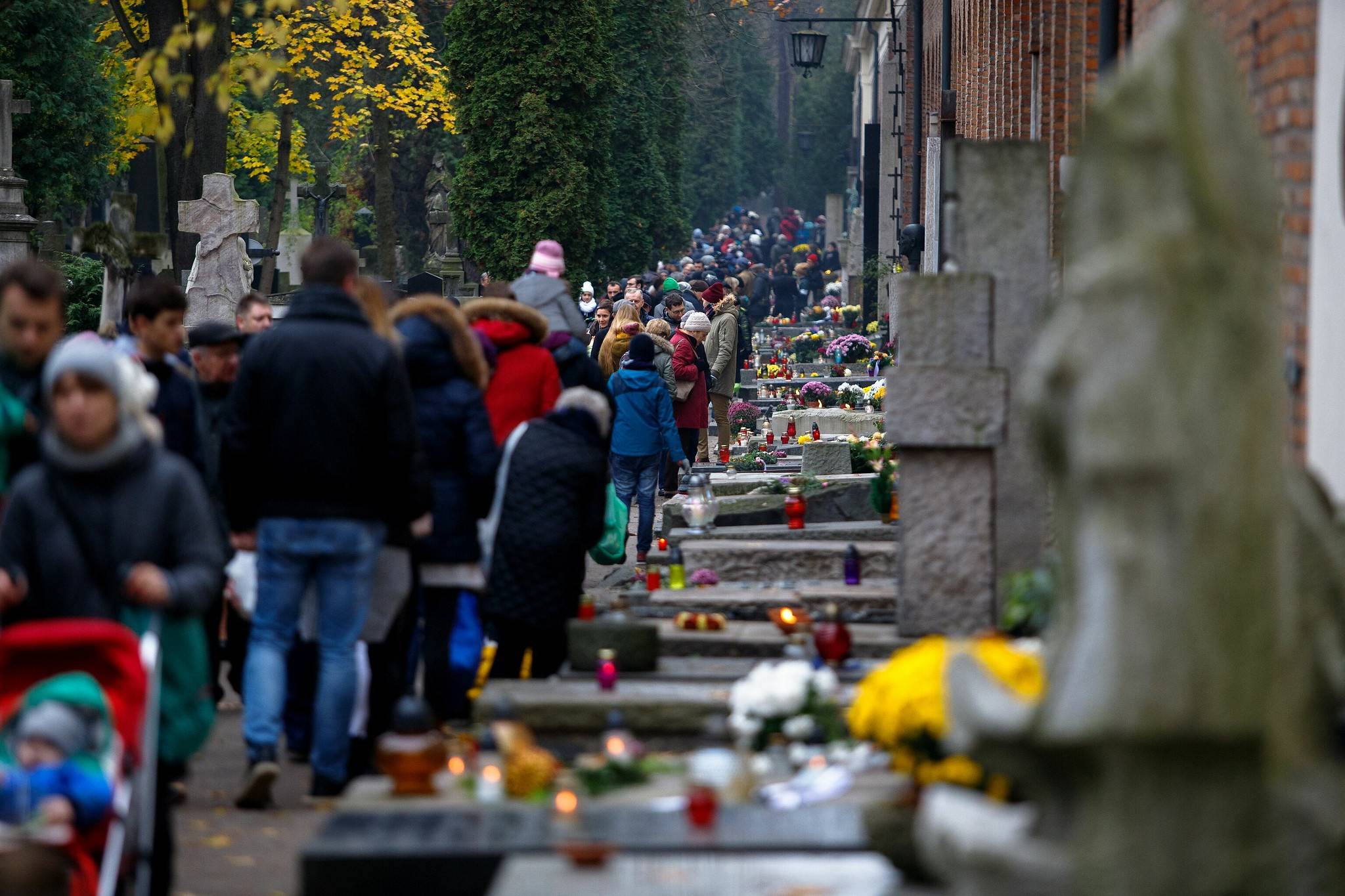
Paying respects is deeply ingrained in Polish culture. It’s believed that the souls of the departed return on this day, and the living must show them that they are not forgotten. The act of remembering and paying homage ensures continuity and strengthens familial bonds.
As dusk descends, cemeteries in Poland transform into a mesmerizing sea of lights. The spectacle of thousands of candles, flickering against the November chill, creates an ethereal atmosphere, making cemeteries places of reflection, connection, and profound beauty.
Chrysanthemums, with their resilience against the cold, are the flower of choice. They adorn graves, a silent tribute to enduring memory. The significance of candlelight, apart from its aesthetic appeal, lies in its symbolism. Candles represent hope, memory, and the eternal light of the soul.
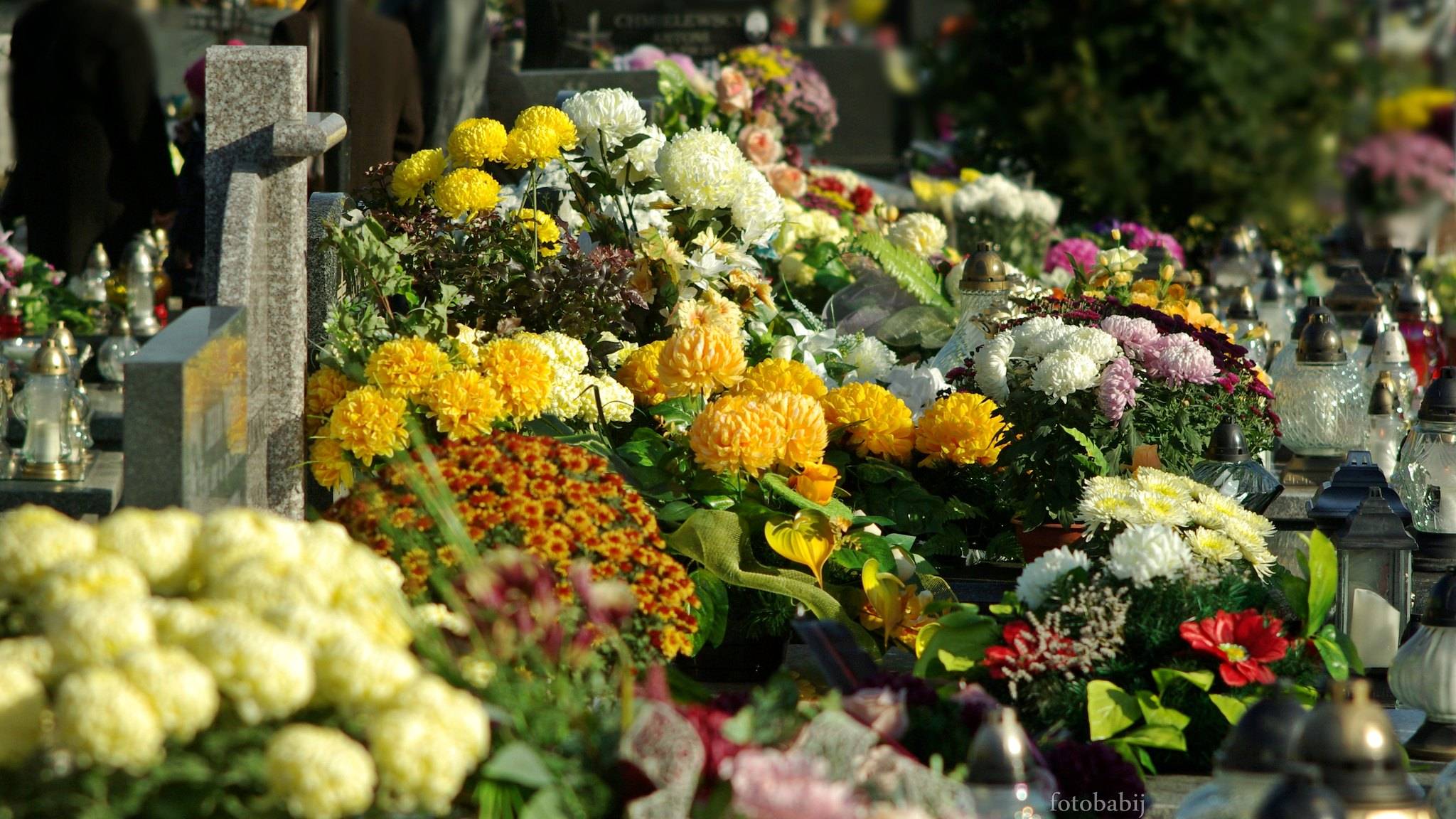
Zaduszki
A day following All Saints’, Zaduszki or All Souls’ Day, is specifically dedicated to souls in purgatory. It’s believed these souls benefit from prayers and acts of charity by the living.
Families gather, often cooking together and sharing stories of the departed. Some even set a spare place at the table, symbolizing the souls’ return. Special masses and prayer sessions are held, focusing on aiding these souls in their spiritual journey.
The church forms a pivotal point of All Saints’ Day. Packed with worshippers, churches throughout Poland resonate with hymns and prayers dedicated to the saints. These services are poignant reminders of the spiritual aspects of the day and the larger Christian community.
No Polish tradition is complete without its culinary delights. On Wszystkich Świętych, families prepare and share special meals. Traditional dishes like ‘rogal świętomarciński’ (a croissant-like pastry filled with almond paste and poppy seeds) and ‘groch z kapustą’ (a hearty stew of peas and cabbage) are relished, each bite evoking nostalgia and warmth.

Countries across the world, from Mexico with its ‘Dia de los Muertos’ to France with its ‘La Toussaint,’ observe All Saints’ Day. However, the solemnity and deep-rooted family-centric nature of the Polish observance set it apart. While parades and festive elements characterize some celebrations, in Poland, the emphasis is on reflection, remembrance, and familial bonds.
Modern Poland, while deeply traditional, is also a reflection of the times. The essence of Wszystkich Świętych remains, but the younger generation brings its own touch. From digital memorials to contemporary music renditions, today’s celebrations are a blend of the old and the new.
Wszystkich Świętych stands as a testament to Poland’s enduring cultural legacy. In a rapidly changing world, this tradition underscores the timeless values of respect, memory, and family. The cemeteries, illuminated in silent tribute; the families, bound in shared memories, and the nation, united in honoring its past, make All Saints’ Day in Poland a profound and deeply moving experience.

